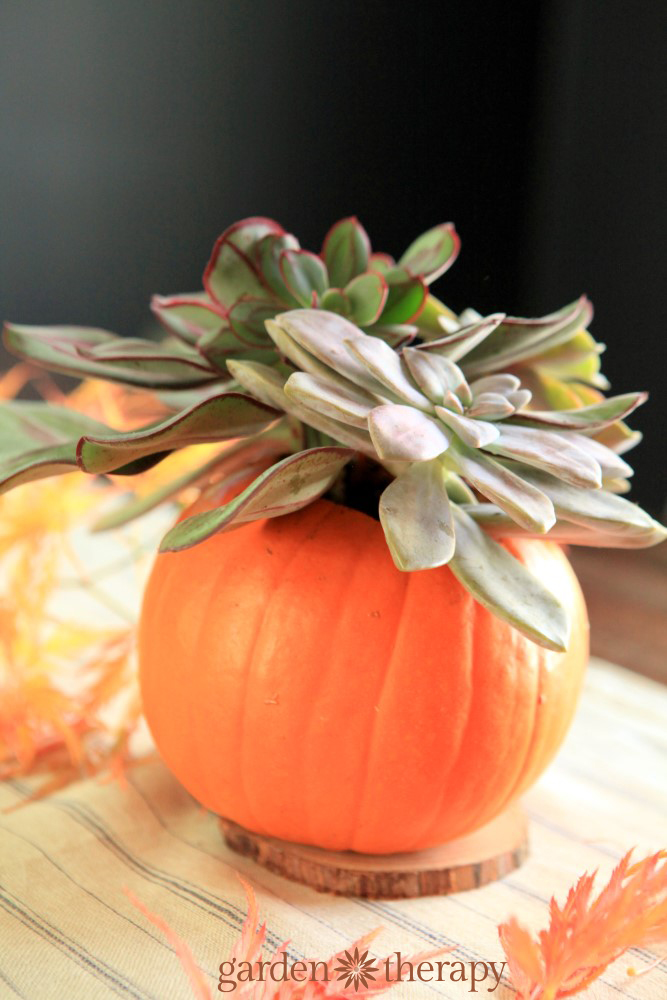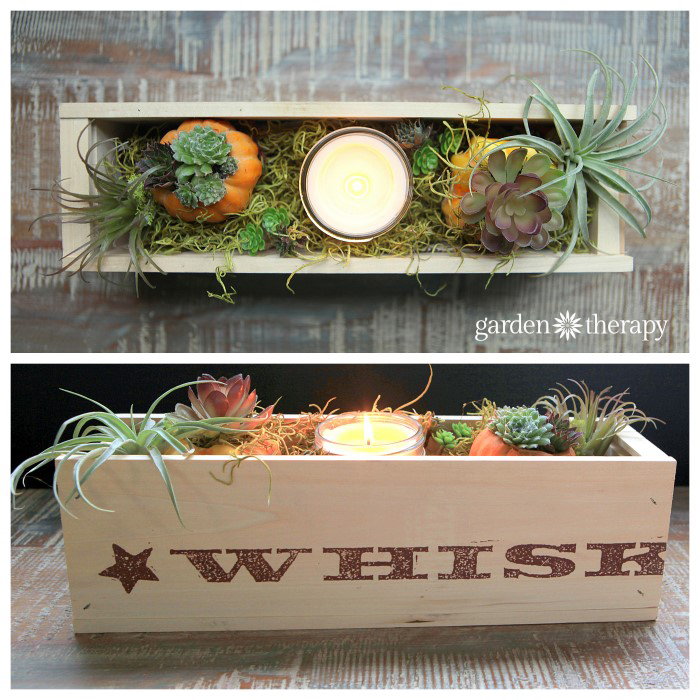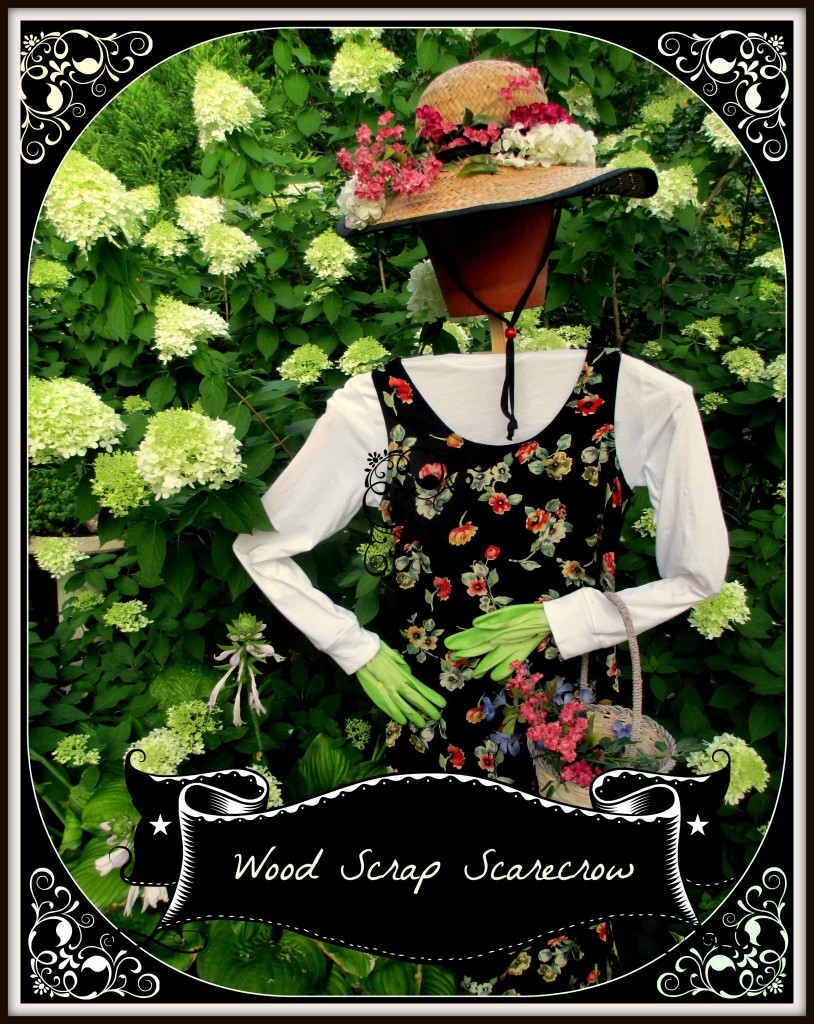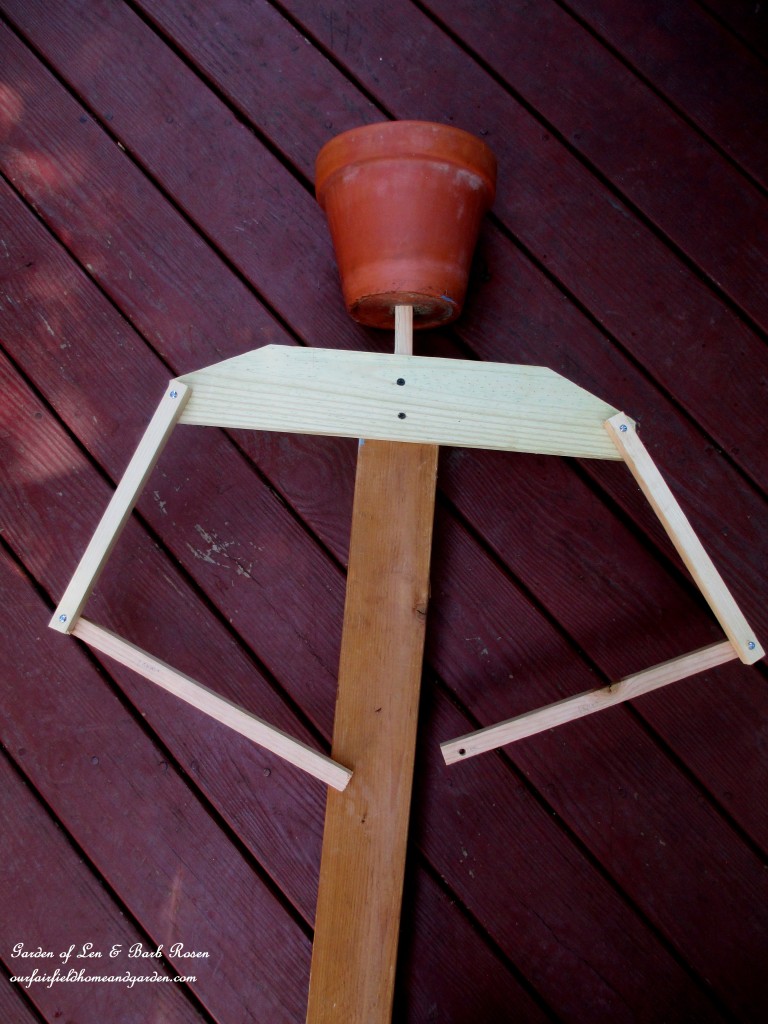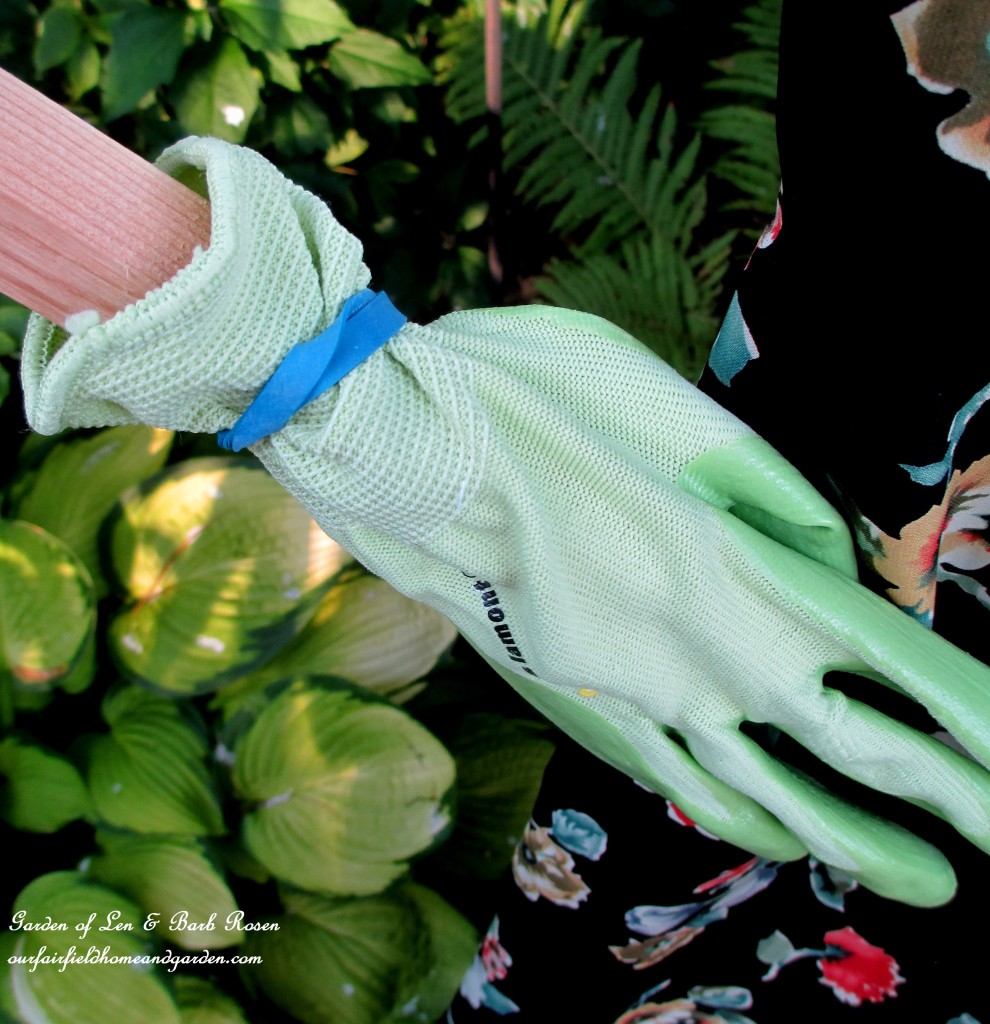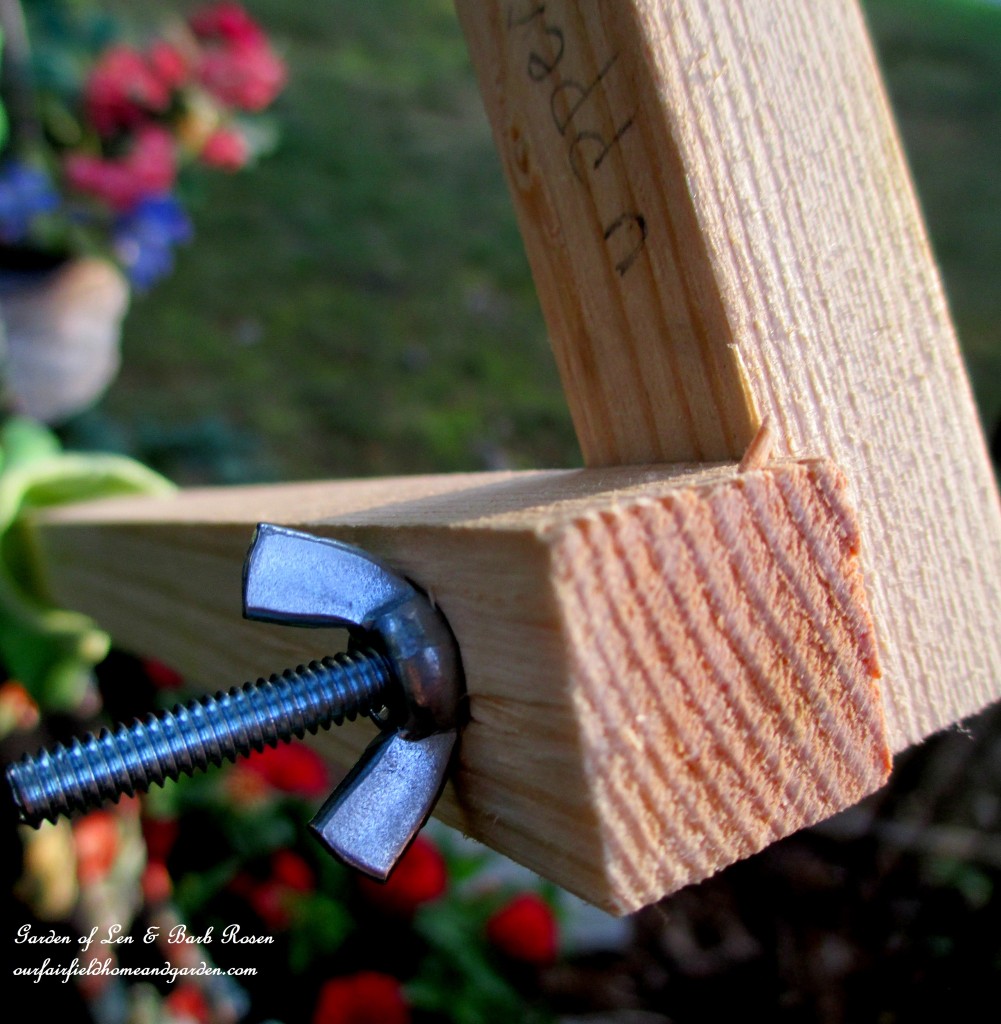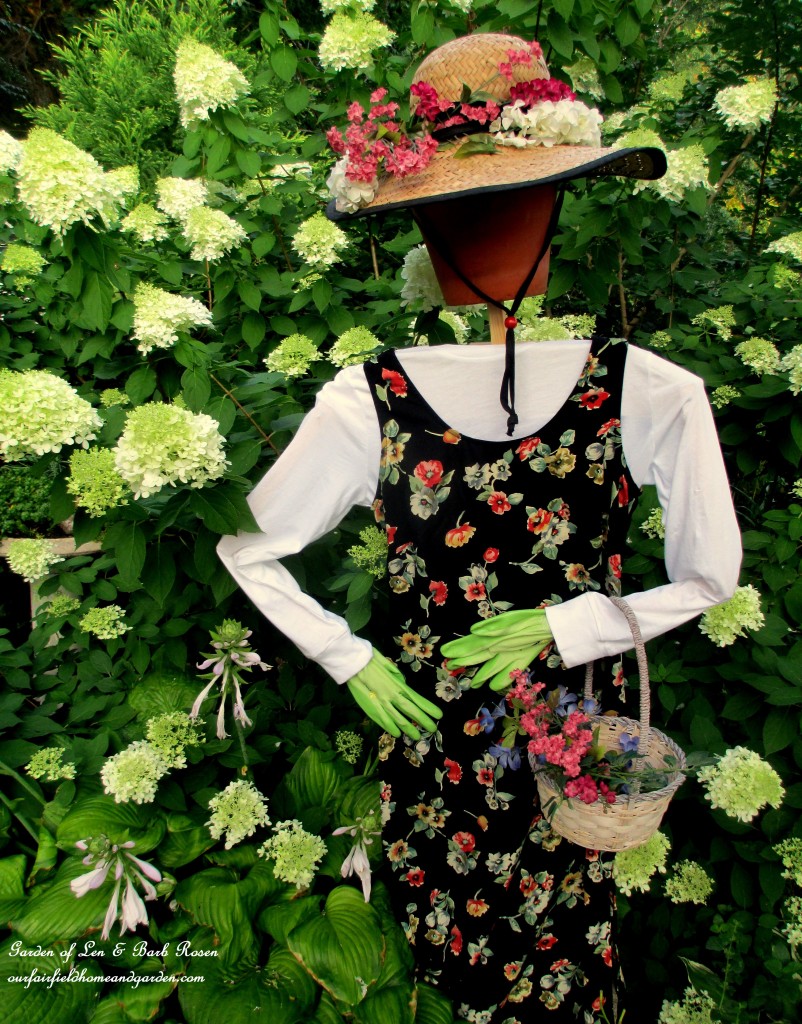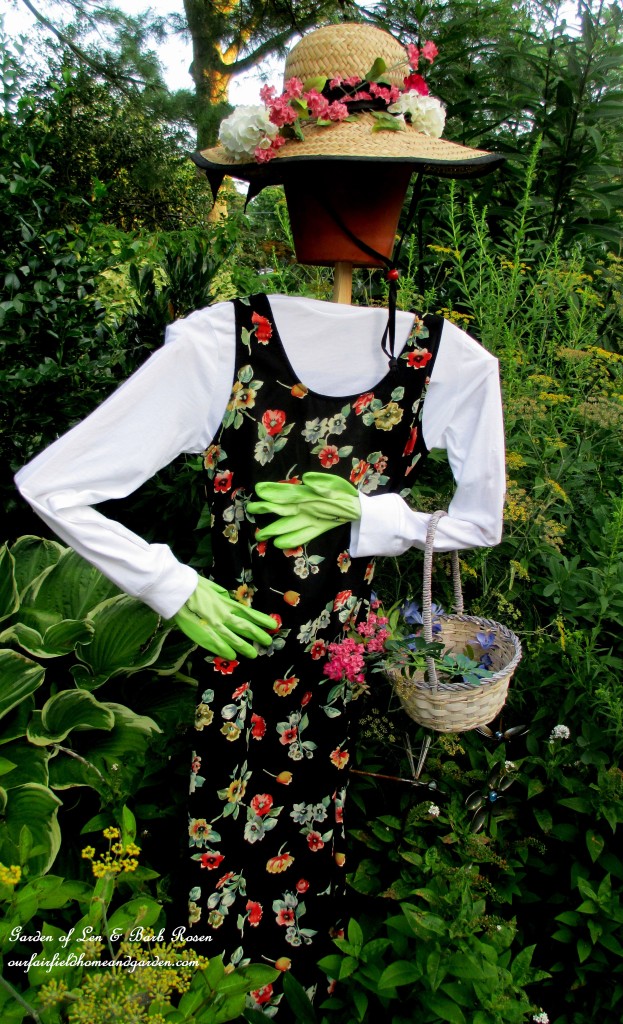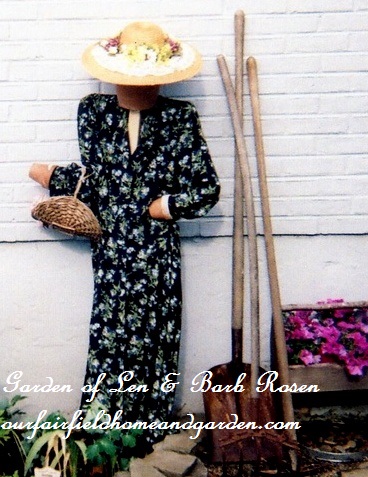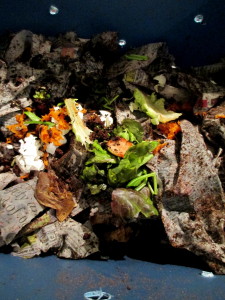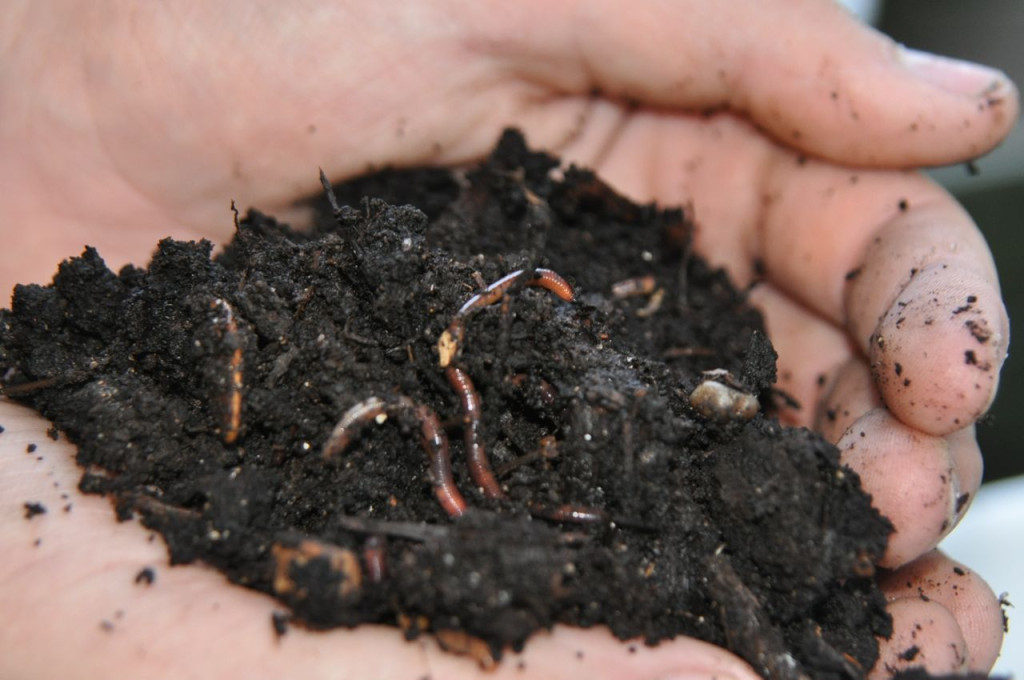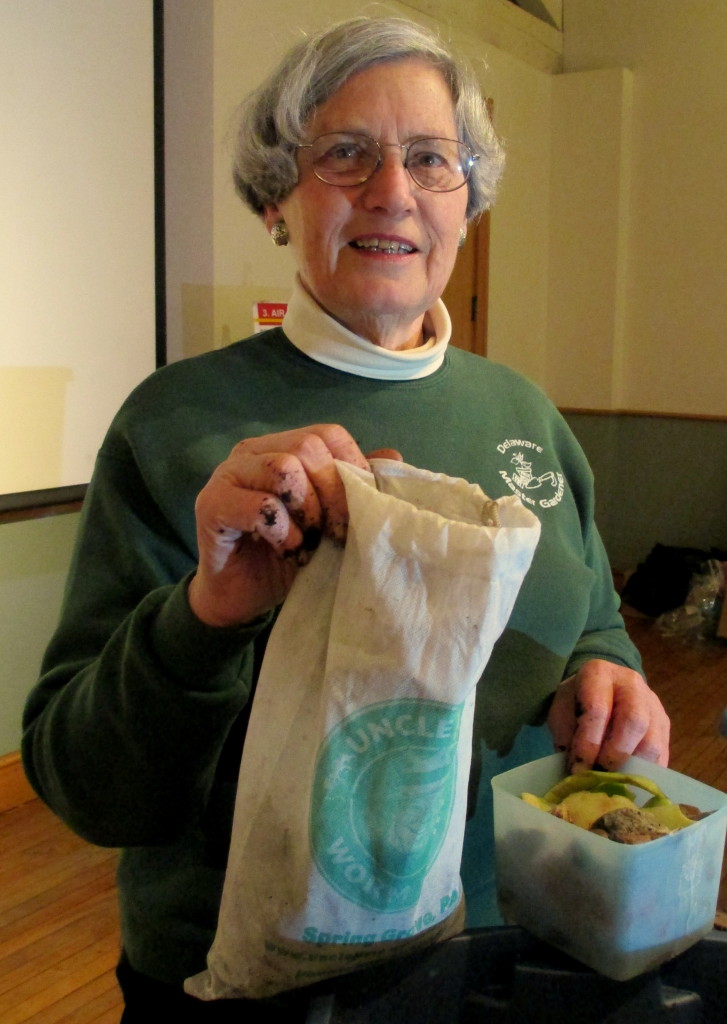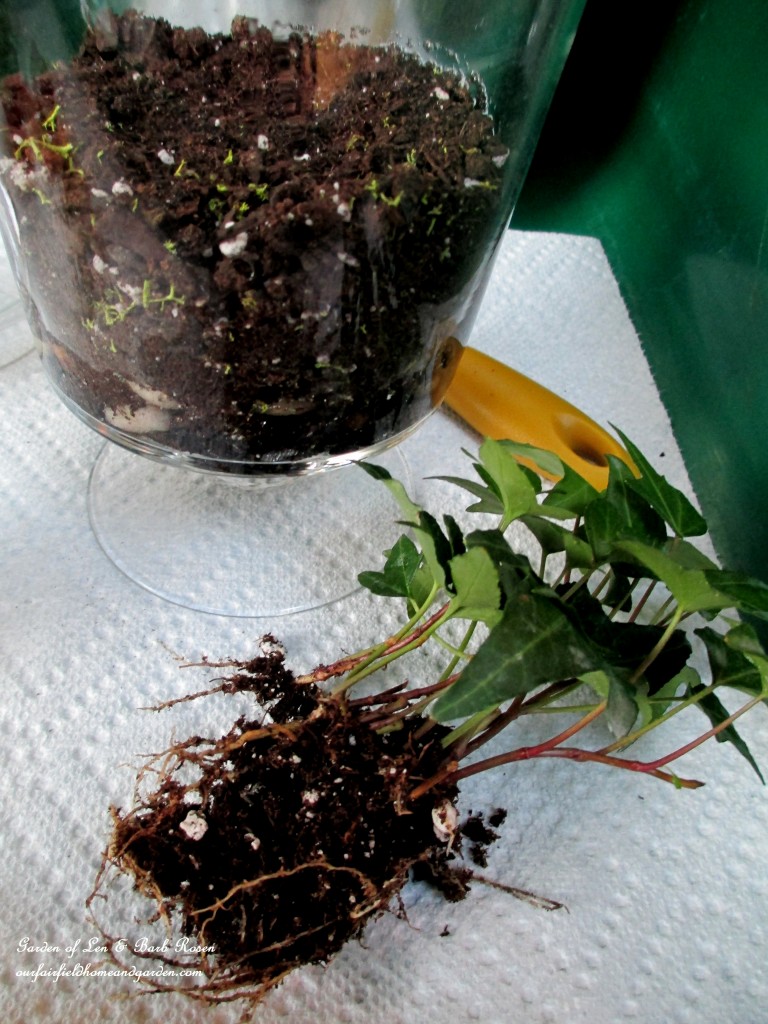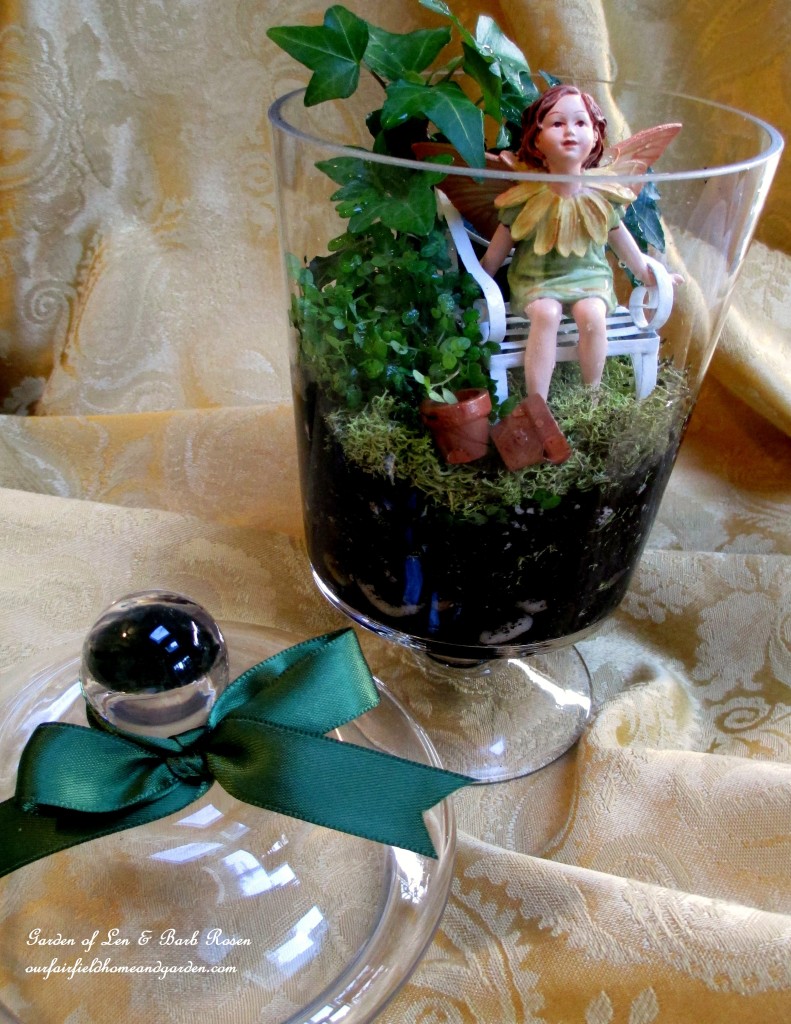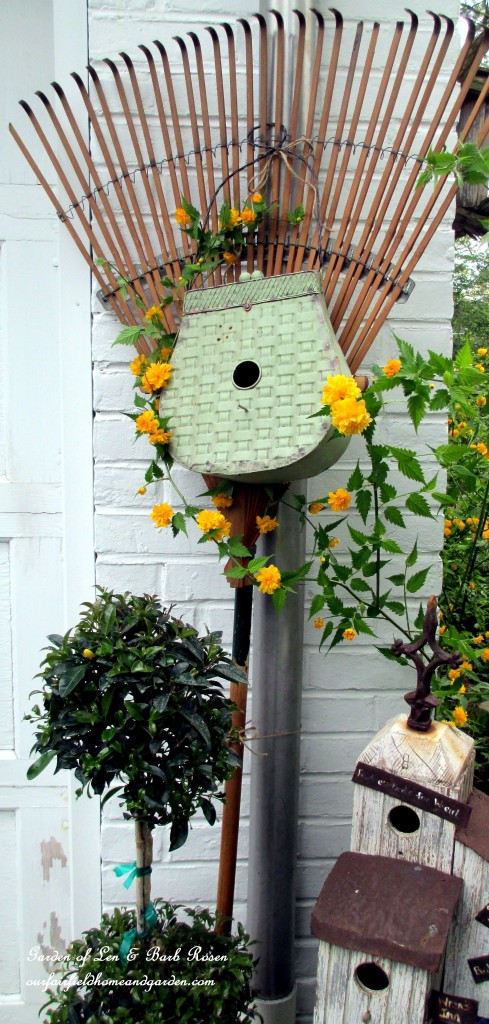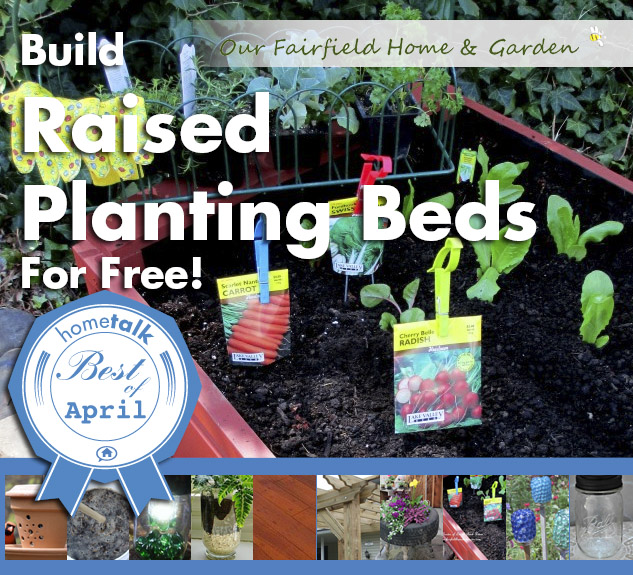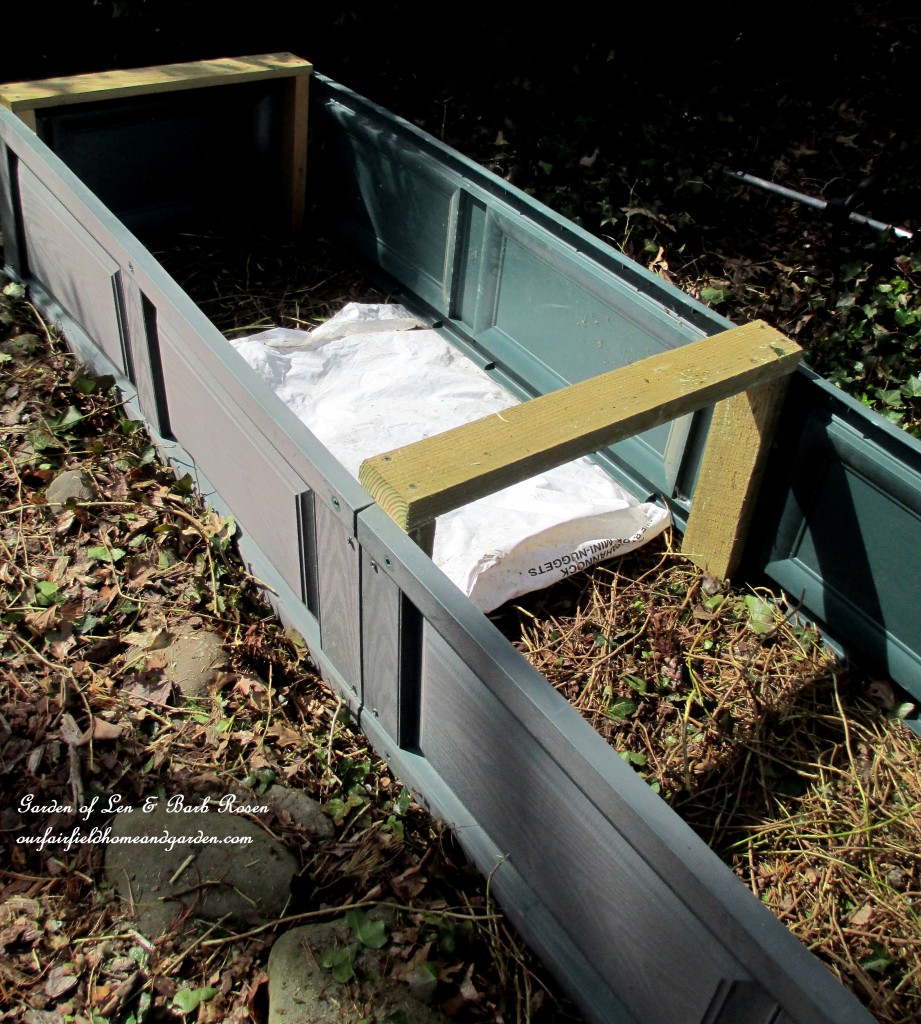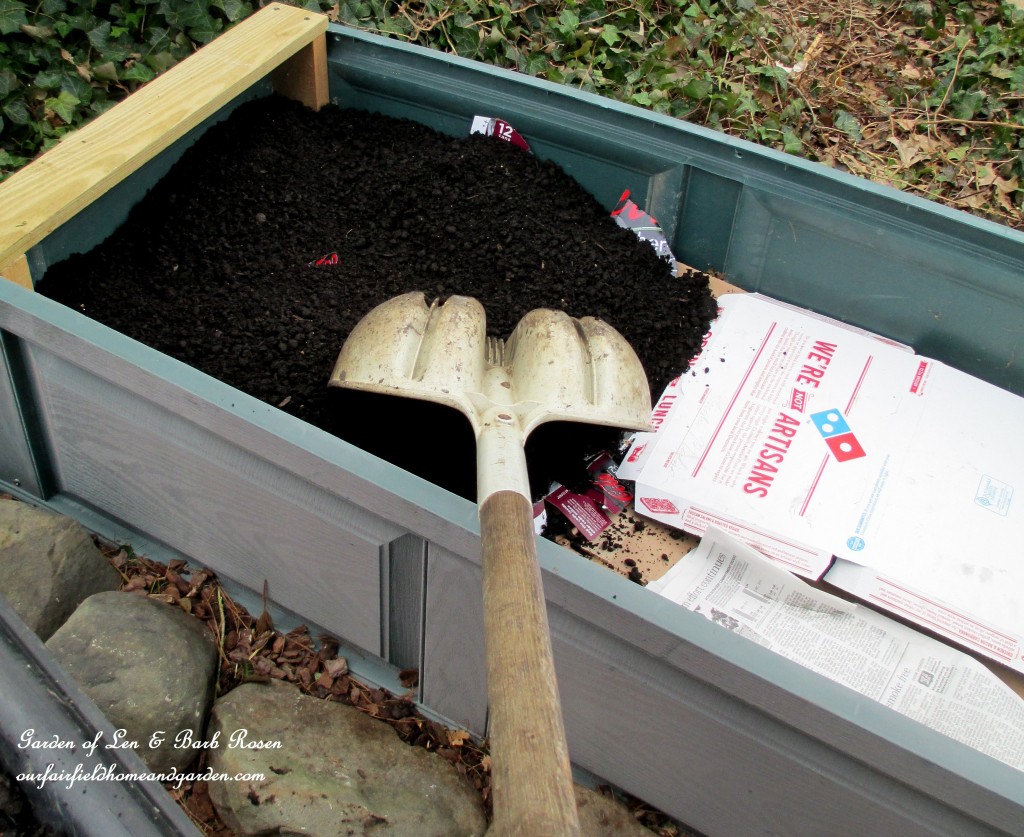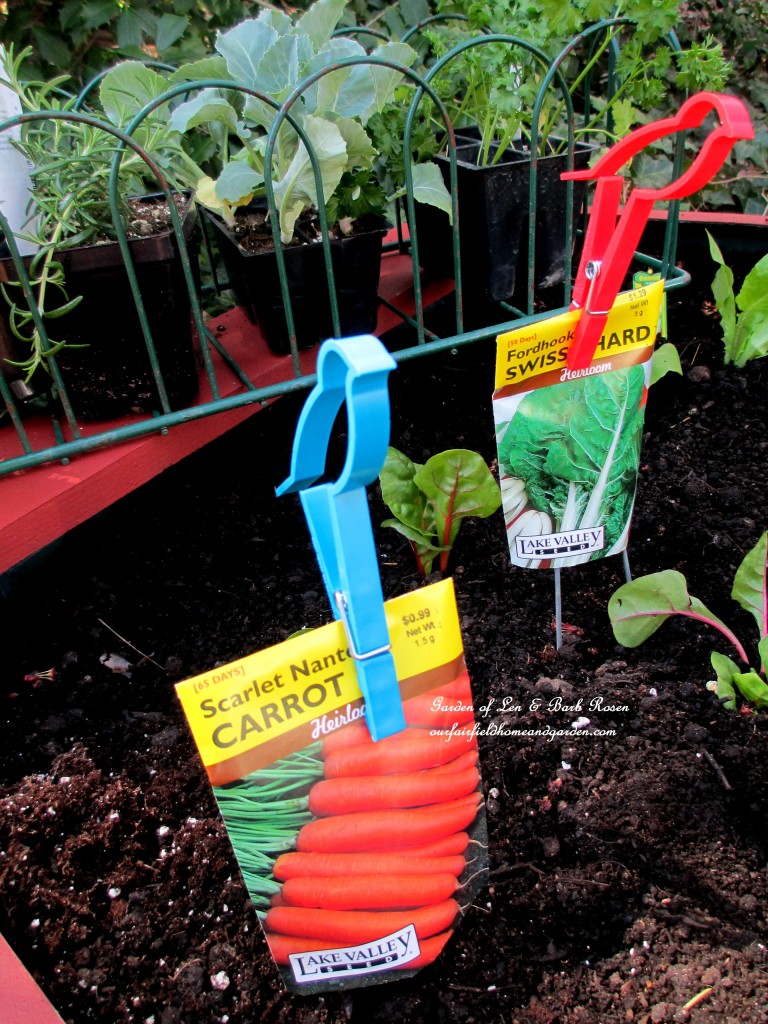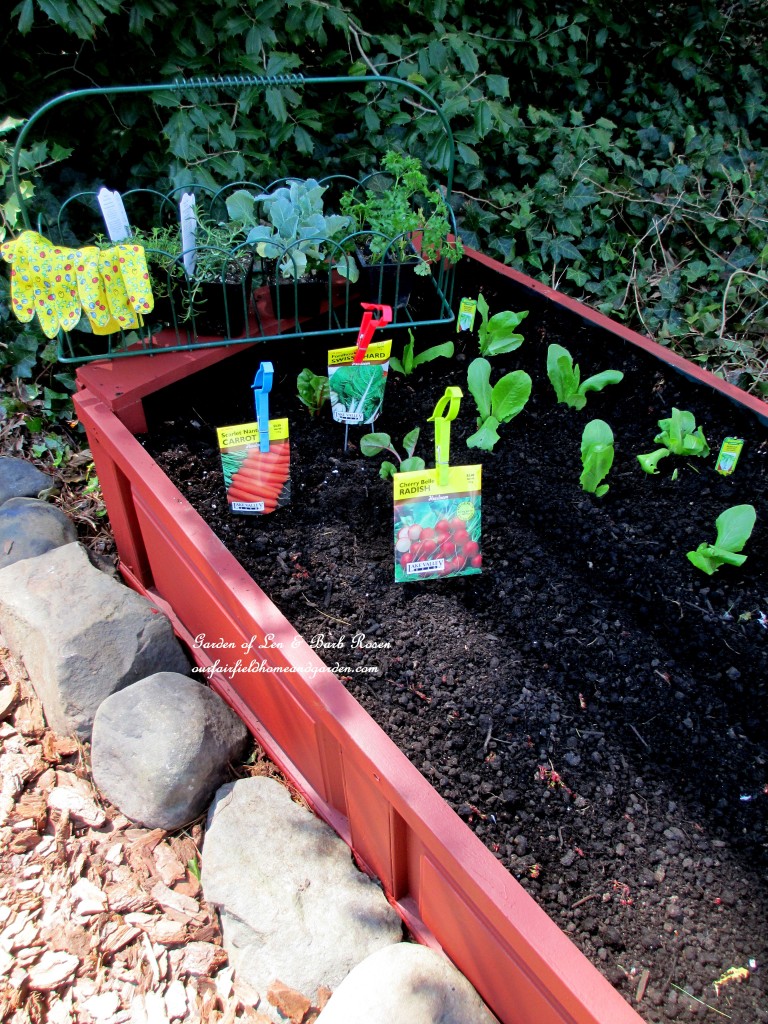Restoration Hard(to swallow these prices)ware's Stone Garden Spheres are a great accent in
gardens, or on decks and patios, they add interest in a classic, serene style. I love outdoor accessories or yard art, but too much of a good thing can take your space from classic to
cluttered and cutesy in no time. These were quick, easy and inexpensive to make!
The beauty of this project is any form works,
leaving you free to be creative and chose anything that fits your style.
Notice my weak attempt at being creative on the left. :)

currently reduced to $140 - $315
constructed of resin, withstands freezing temps, no two are alike

My DIY Concrete Garden Sphere
8", 10" diameter - smaller than RH
$10 for all 5 (three round, two quirky)
constructed of concrete, withstands freezing temps, no two are alike :)
Supplies:
Lighting globes, Habitat for Humanity Re-Store sells them for $2 each,
the day I went they were 20% off, any size or variety you like works.
Easy to find at thrift stores, as well.
Quikrete Concrete Mix - $4 for 80 lb. bag, I used half.

Two of the globes I chose had holes in the bottom, I covered them with duct tape, then
nestled my globes in a box with newspaper to help stabilize them while filling with
the mixed concrete. Mix should resemble peanut butter, I slowly added water, mixing
until it reached the desired consistency.

Use a stir stick and shake gently to be sure any air bubbles are eliminated.

Let dry 24 hours.
While wearing heavy gloves, one at a time, I placed the globes in a heavy duty garbage
bag in a box, and lightly tapped the outside with a hammer to break up and release the glass.
Be careful as the cut glass may pierce the plastic.

When the glass has broken free from the concrete remove the sphere.
Continue with the remaining spheres. I carefully disposed of the box and bag in

Here are some ideas from our garden...I like them nestled in with the herbs
and perennials. I think I need a few more!






I was inspired by these clever bloggers, stop by and check out their spheres:
Join me for more inspiration at:
The Inspiration Gallery here
Original article and pictures take simpledetailsblog.blogspot.com site






